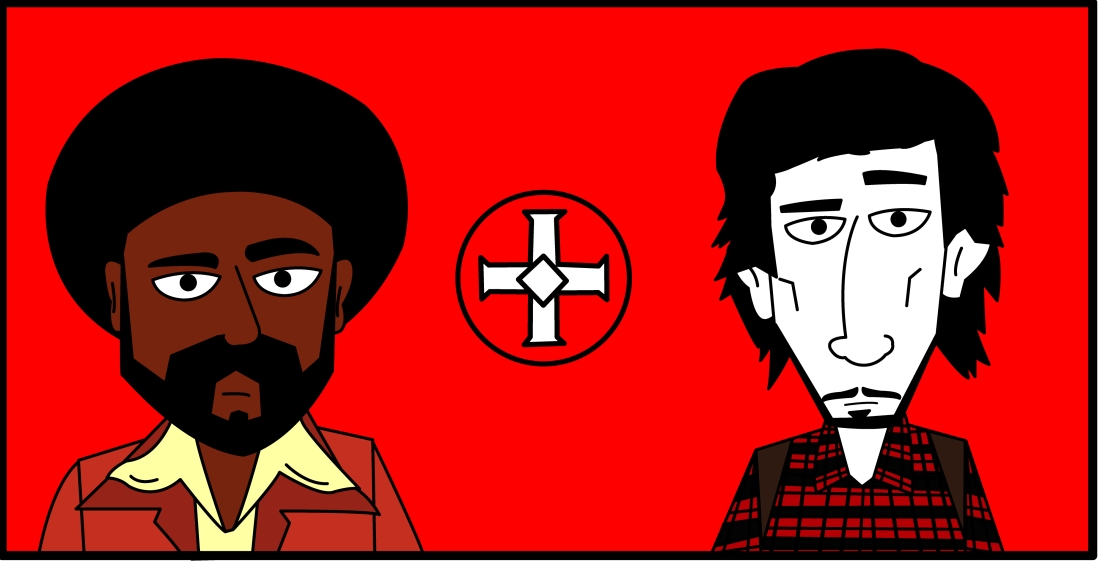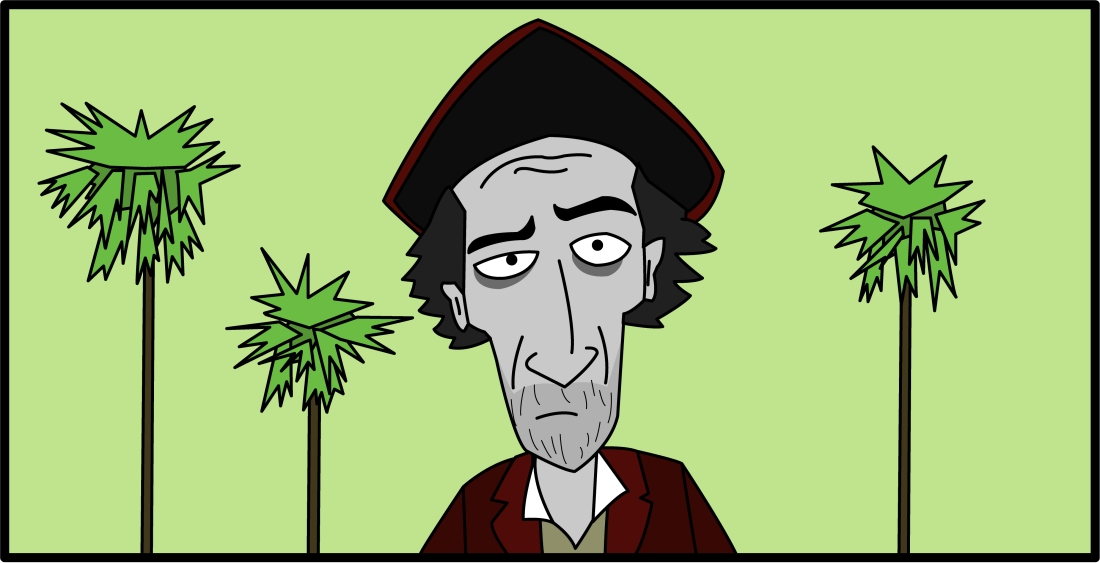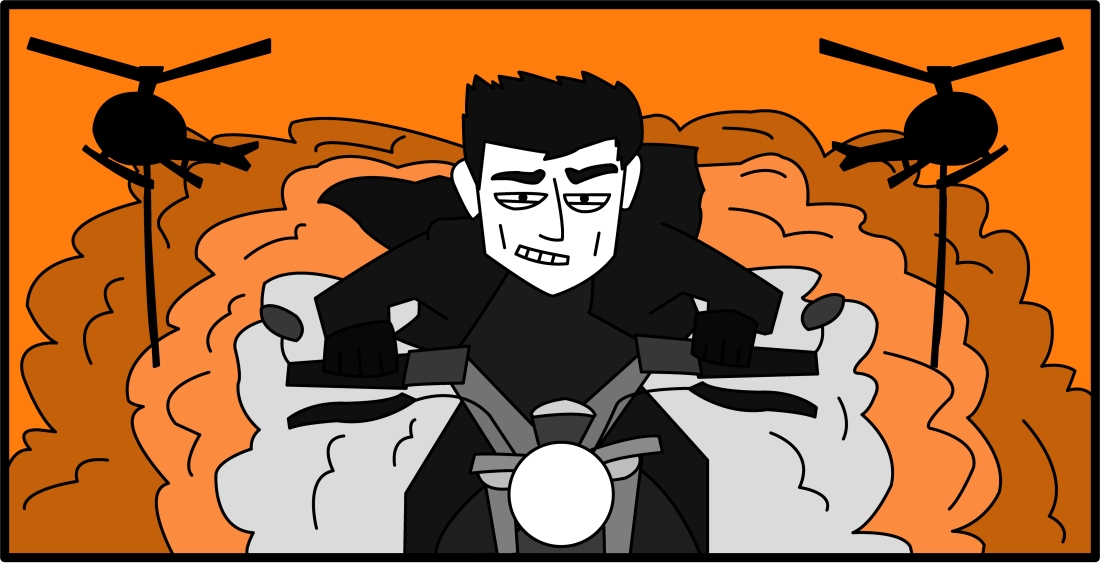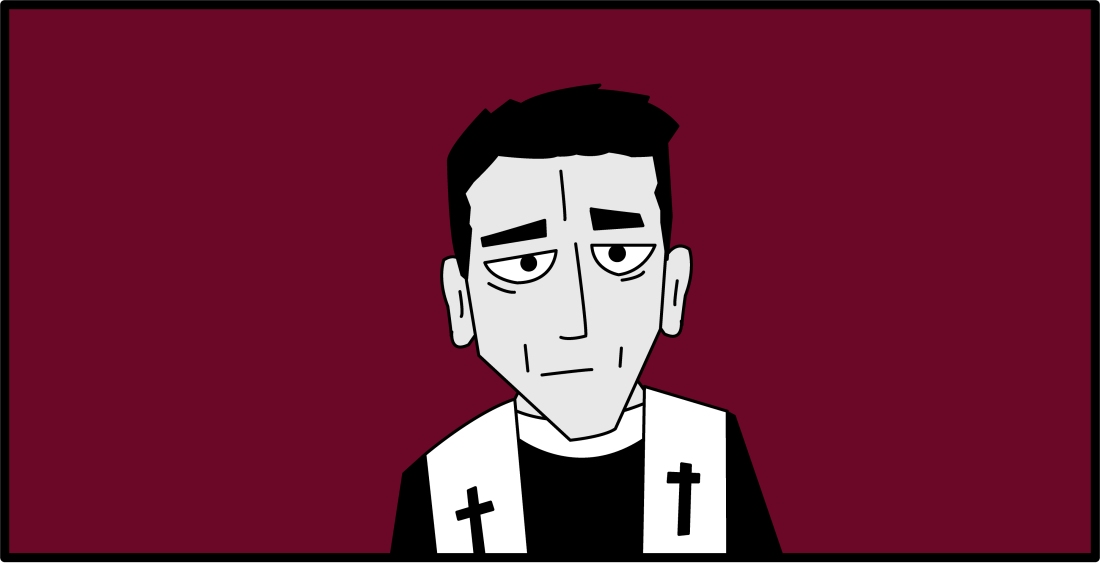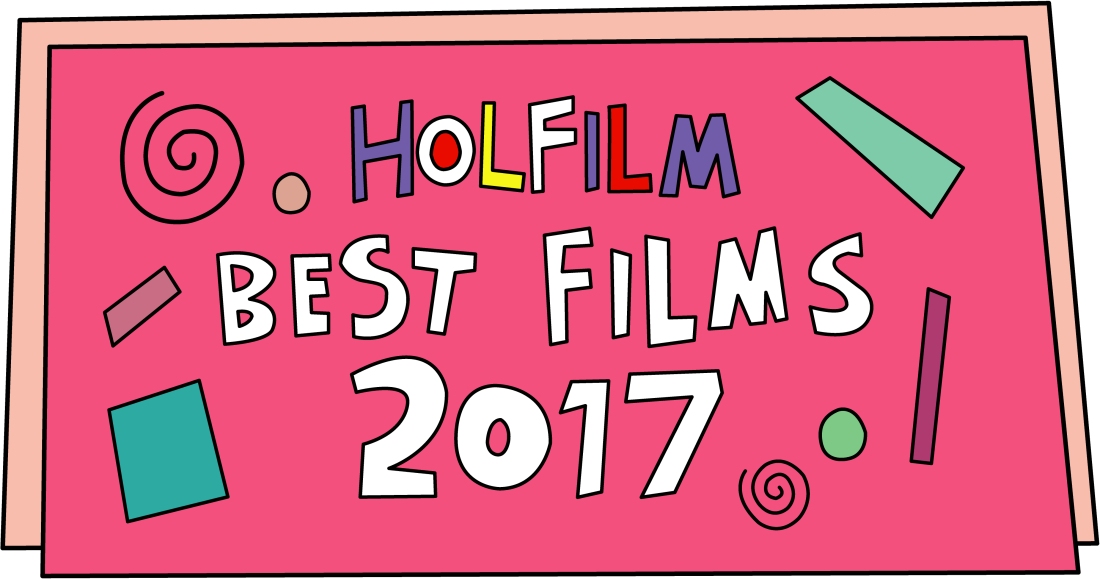
A Holfilm countdown of the top 20 films released in UK Cinemas during the previous year.
20. Logan Lucky
19. The Killing of A Sacred Deer
18. Blade Runner 2049
17. The Death of Stalin
16. Star Wars: The Last Jedi
15. A Ghost Story
14. Toni Erdmann
13. Baby Driver
12. T2: Trainspotting
11. Raw
10. The Beguiled

Sofia Coppola’s steamy southern-gothic takes place in the midst of the civil war. It’s a tantalising affair centred on Colin Farrell’s wounded soldier. He’s managed to escape the drudgery of war and found himself held up in the comfort of a straight-laced all girls’ school in the heart of Virginia. The school isn’t short of a few attractive women that haven’t seen a man in a long time and what starts out as a dream come true for the corporal soon turns out be a lot more volatile than he first seemed. Farrell is brilliant, practically licking his lips as he lays on the charm as the fox-like soldier as are Kirsten Dunst, Elle Fanning and Nicole Kidman, who all put in very complex performances and prove they’re not the prey he had them down for.
9. Get Out
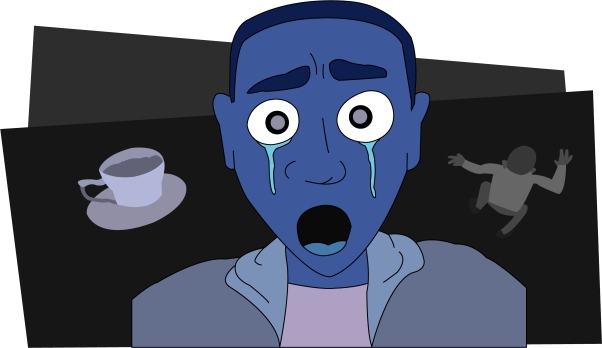
A great modern horror, heavily influenced by classics of the genre like Rosemary’s Baby and The Invasion of The Body Snatchers, that stands up with the best of them. Get Out uses classic horror tropes to tell a story about very modern themes and moulds them in such a way that it feels timeless. It has only been out for a year and already feels like a classic that will be talked about for years to come. Not only a hit with the critics, but a huge commercial success and won first-time writer/director Jordan Peele an Oscar for best original screenplay. A great and really emotive central performance from Daniel Kaluuya anchors the film as he takes the horrifying trip to meet the parents from hell. ‘Give me the keys Rose’ will be giving everyone goose bumps for a long while to come.
8. The Handmaiden
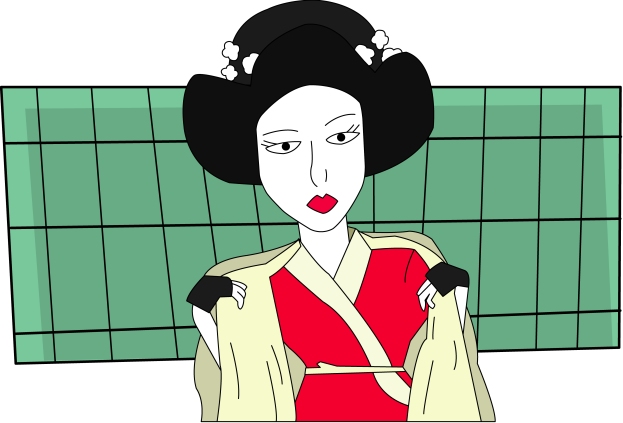
A mysterious erotic thriller from Oldboy director, Park Chan-wook, The Handmaiden is a labyrinthine maze of a film, full of twists, turns, shocks and second-guesses. It is a story that has been adapted from a novel set in Victorian Britain, but the move to Korea under Japanese rule serves it nicely and the setting makes for some gorgeous architecture and costumes. The plot is as intricately detailed as the set designs, as are the performances, which hold their cards extremely close to their chests until the rugs are consistently pulled from under your feet.
7. Dunkirk

Only Christopher Nolan would have had the bonkers idea to try and mess with the idea of time distortion in a WW2 film. Dunkirk is a big budget war film that’s far from conventional and its all the better for it. We’re told three simultaneous stories at the same time: at land, at sea and in the sky, and each take place in different timeframes. Nolan is the master of making big, intelligent blockbusters and Dunkirk, with the help of Hans Zimmer’s pulsating score, creates a truly gripping edge-of-your-seat drama that’s more of a desperate escape film than it is about defeating the Germans.
6. Moonlight
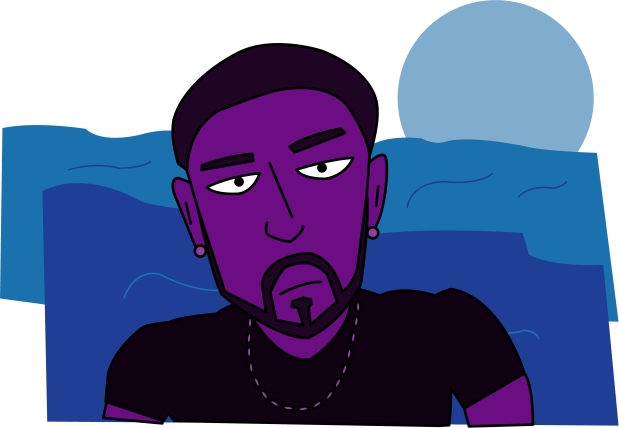
The deserved 2017 Oscar winner that gave us a tender and sensitive portrayal of the type of character that isn’t usually afforded one on screen. It’s masterfully told in 3 parts, from when our protagonist is a skinny child, through to a thoughtful teenager and then finally as a big, muscular man. There’s a great scene early on where little Chiron gets taught how to swim by his father figure played by Mahershala Ali. Director, Barry Jenkins shoots the ocean beautifully and manages to retain this feeling of lulling waves throughout, making it a soothing and considered coming-of-age story that’s really well directed and has a great rhythmic flow.
5. Mother!

An absolutely mental film that defies any sort of genre classification, what starts off as a gripping family drama quickly tips into horror before descending into such chaotic ridiculousness that it borders on comedy. A very explicitly allegorical film about a woman (known only as Mother), her perfect house, her controlling husband and her soon to be born baby. Darren Aronofsky shoots the proceedings almost entirely from the point of view of the mother, he does so in a way that you can never tell what exactly is going on, or the scale in which things are escalating. Never have I seen a film before that’s managed to capture so well the feeling of a waking nightmare. It’s a film that you’ll either love or hate, but it grabs you by the skin of your neck and doesn’t stop shaking you for its 2 hour duration and then carries on doing so for the next month or so as well.
4. La La Land

A wonderfully uplifting musical that won the academy award for best film for all of about 2 seconds. Ryan Gosling and Emma Stone are perfectly cast as the wannabe jazz musician and actress couple trying to make it in the city of stars. La La Land uses huge extravagant musical numbers to explore very down to earth themes. The songs are great and somehow feel very natural and modern whilst also capturing the essence of the big Gene Kelly-esque musicals of the 50s. La La Land is a magical movie with a wonderful ending that completely leaves you floating away.
3. Call Me By Your Name
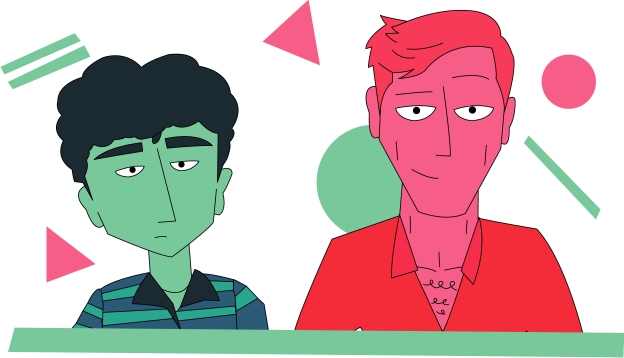
If you watch films for escapism, then Call Me By Your Name, Luca Guadagnino’s gorgeous Italian romance is the sun-drenched masterpiece you can’t help but fall in love with. It’s the 1980’s set account of Timothee Chalamet’s 17-year-old Elio and his love affair with an older man during a scorching-hot summer as they ride bikes, listen to music, swim in rivers and eat questionably sourced peaches. Every frame is like a work of art and it must have done wonders for Northern Italy’s tourist board. In his previous film, A Bigger Splash, Luca gifted us with the joy of seeing Ralph Fiennes dancing poolside to The Rolling Stones, but here he goes one better, in the form of the potent cinematic cocktail that is: Armie Hammer, a loose fitting blue shirt and The Psychedelic Furs.
2. The Florida Project
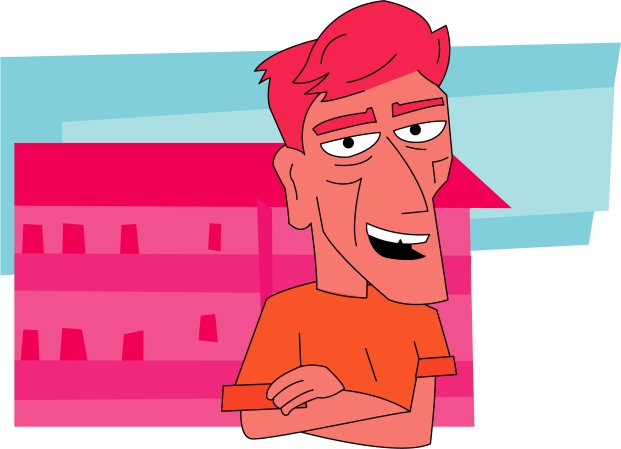
A bright pastel-coloured look through the eyes of a child living in a motel on the outskirts of Disneyland. The Florida Project, like Sean Baker’s previous film Tangerine, manages to offer a wonderfully intimate and sympathetic look at characters on the fringes of society. And like Tangerine, The Florida Project is a film that doesn’t seem to be about much and will then catch you off guard with a serious emotional sucker punch. Willem Dafoe is incredible as the motel’s weary manager, as is 7-year old Brooklyn Prince and her mother played by Bria Vinaite, who Baker cast from Instagram. Baker deals with very dark themes that are made all the more engaging given they’re told through a child’s perspective. The ending is one of the most heart-wrenchingly emotive climaxes of recent years, which had me blubbering like a child all the way through the credits.
1. Good Time
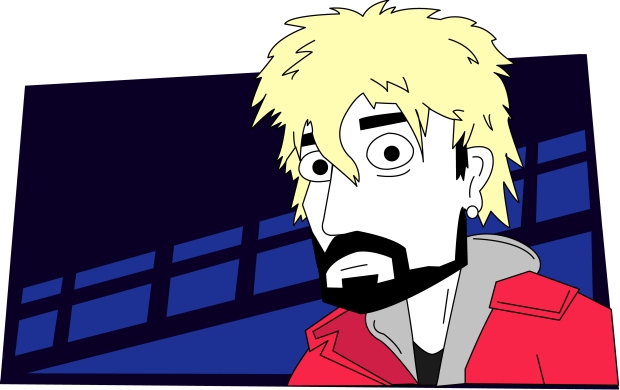
An exhilarating white-knuckle ride through the streets of New York with Robert Pattinson’s small time crook, Connie Nikas, as he struggles to stay one step ahead of the law following a bank heist gone very badly wrong. Pattinson has the sparks flying in an exhilarating performance that channels the intensity of De Niro and Pacino in the muscular crime films of the seventies. Directors Josh & Benny Safdie use intimate shooting techniques to make us feel like we’re along for the ride, a neon-lit shot of adrenaline to the senses that puts you right in the passenger seat for Connie’s bulldozing getaway through the streets of Queens. The only thing that saddens me about the film is that I’ll never get to experience the pure thrill of watching it again for the first time. An electrifying film that is thoroughly exciting and has your heart racing and your fists clenched from start to finish.
